Have you noticed your grocery bills climbing higher lately? Many everyday items have seen dramatic price increases without much fanfare in the media. Some staples have quietly doubled in cost while others have skyrocketed so dramatically they’re causing genuine shock at checkout.
Let’s explore which groceries are hitting your wallet hardest in today’s challenging economy.
1. Olive Oil’s Shocking Surge

Mediterranean climate challenges and increased production costs have sent olive oil prices soaring. Poor harvests in Spain and Italy, the world’s largest producers, created supply shortages worldwide.
Many grocery stores now charge over $20 for premium bottles that cost half that amount just two years ago. The situation isn’t expected to improve anytime soon.
2. Eggs Crack The Budget

Remember when a dozen eggs cost around $1.50? Those days are long gone. Avian flu outbreaks devastated chicken populations across America, creating serious supply problems.
Combined with increased feed costs and inflation, egg prices have more than doubled in many regions. Some specialty organic varieties now fetch nearly $8 per dozen in urban markets.
3. Coffee Beans Break The Bank

Morning coffee routines are becoming luxury experiences. Climate change has severely impacted coffee-growing regions, while global demand continues rising steadily.
A bag of quality beans that cost $10 two years ago now retails for $20-25 in many stores. Small roasters have been hit especially hard, forcing them to pass costs directly to consumers or close shop.
4. Butter Prices Melt Wallets
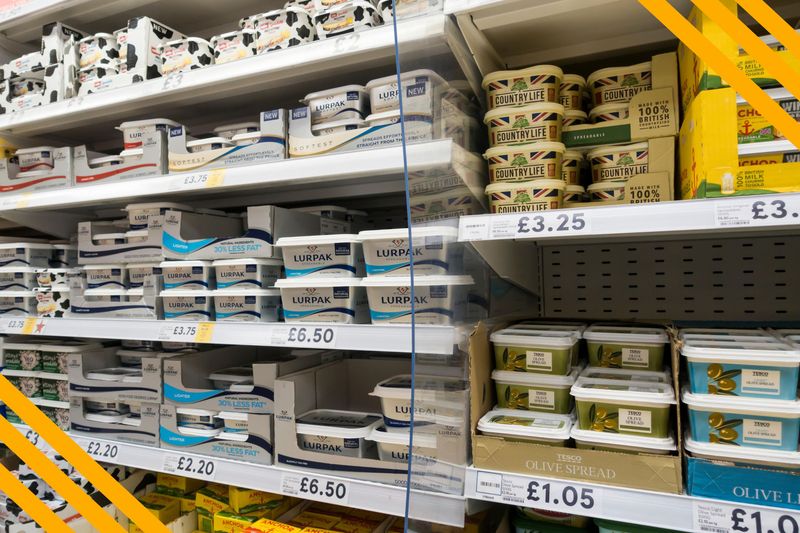
Dairy lovers are feeling the pinch at checkout lanes nationwide. Feed costs, labor shortages, and transportation expenses have driven butter prices to unprecedented heights.
A single pound of name-brand butter now commonly exceeds $7 in many regions. Even store brands have doubled from their previous $2-3 range, making baking projects significantly more expensive than before.
5. Bacon’s Sizzling Price Tag
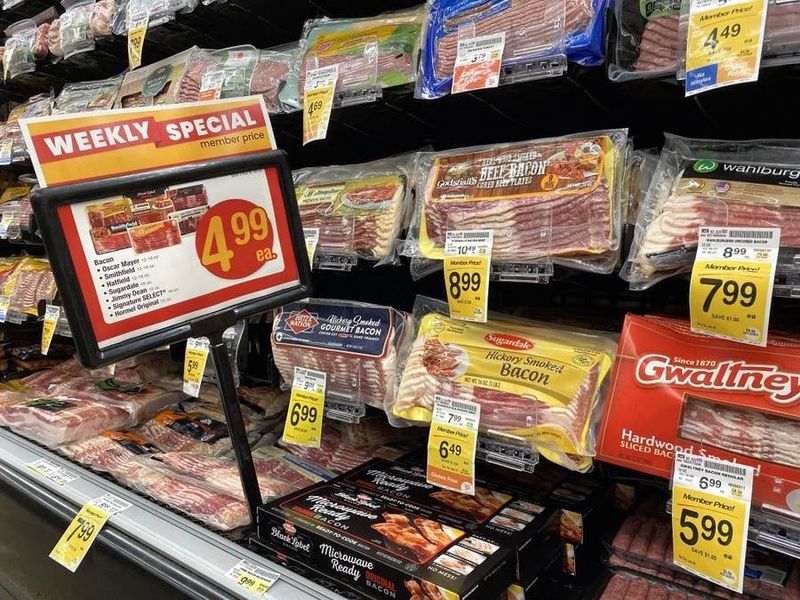
Weekend breakfast traditions are taking a financial hit. Pork industry challenges including processing plant closures and labor shortages created supply chain bottlenecks.
A standard package of bacon that previously cost $4-5 now regularly sells for $9-12. Premium and specialty varieties can exceed $15 per package, turning this breakfast staple into an occasional luxury for many families.
6. Bread’s Rising Cost Crisis
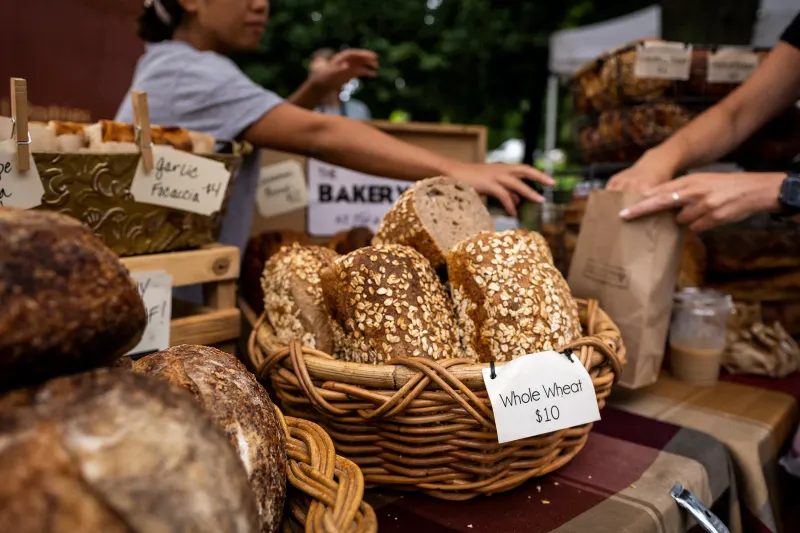
Wheat supply disruptions and energy cost increases have bakeries charging more than ever. Basic sandwich bread that once cost $2-3 now regularly sells for $5-6 per loaf.
Specialty and artisan breads have seen even steeper increases. Many consumers report paying double or triple previous prices, especially for organic varieties. Home baking has surged as a cost-saving alternative.
7. Pasta’s Price Predicament

Wheat shortages and production challenges have pasta prices climbing rapidly. Basic spaghetti packages that were once under $1 now regularly cost $2-3, representing a 100-200% increase.
Premium and imported Italian varieties show even more dramatic price jumps. Families who relied on pasta as an affordable meal base are rethinking weekly menus as this pantry staple becomes less budget-friendly.
8. Cooking Oil’s Costly Climb

Vegetable and canola oils were once kitchen bargains. Global supply chain disruptions and increased demand have changed that reality dramatically.
Standard bottles previously priced at $3-4 now commonly sell for $7-9. Many shoppers report sticker shock when restocking this essential item. Restaurant owners face even greater challenges with bulk oil prices reaching unprecedented levels.
9. Cereal’s Breakfast Budget Buster
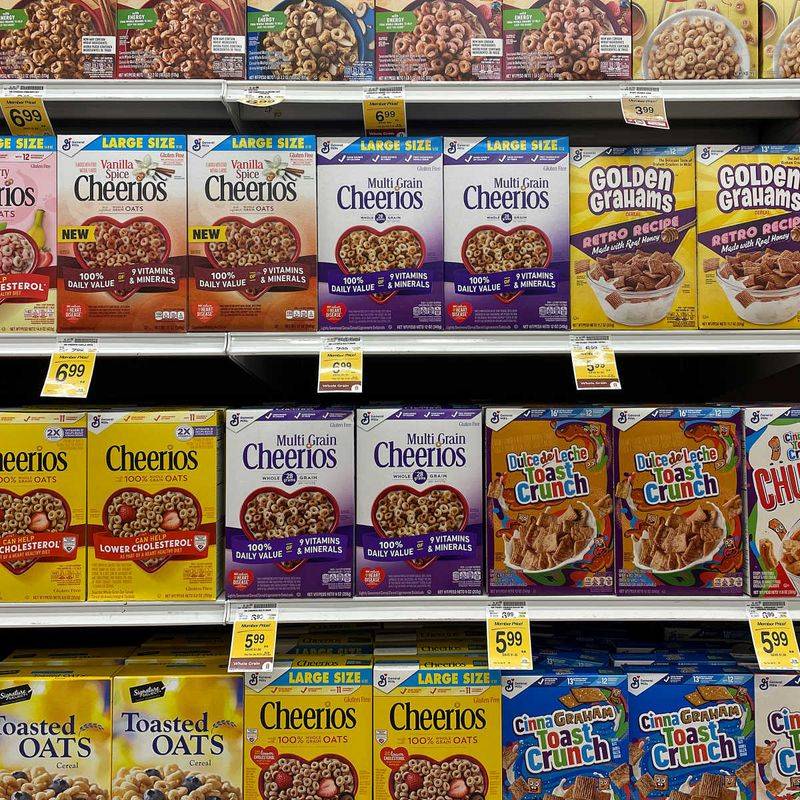
Morning routines are getting pricier with cereal boxes shrinking while prices expand. Major brands have implemented significant increases, with boxes now selling for $6-7 that previously cost $3-4.
Package sizes have simultaneously decreased in many cases. Consumers report paying double for less product, making this breakfast staple increasingly difficult to justify for budget-conscious families trying to manage rising grocery expenses.
10. Chicken’s Fowl Price Increases

Poultry was once the affordable protein choice for budget-conscious shoppers. Feed costs, processing challenges, and increased demand have changed that equation dramatically.
Boneless chicken breasts now regularly exceed $5 per pound in many markets, more than double their previous price point. Whole chickens show similar percentage increases, challenging families to find cost-effective protein alternatives.
11. Milk’s Dramatic Price Surge
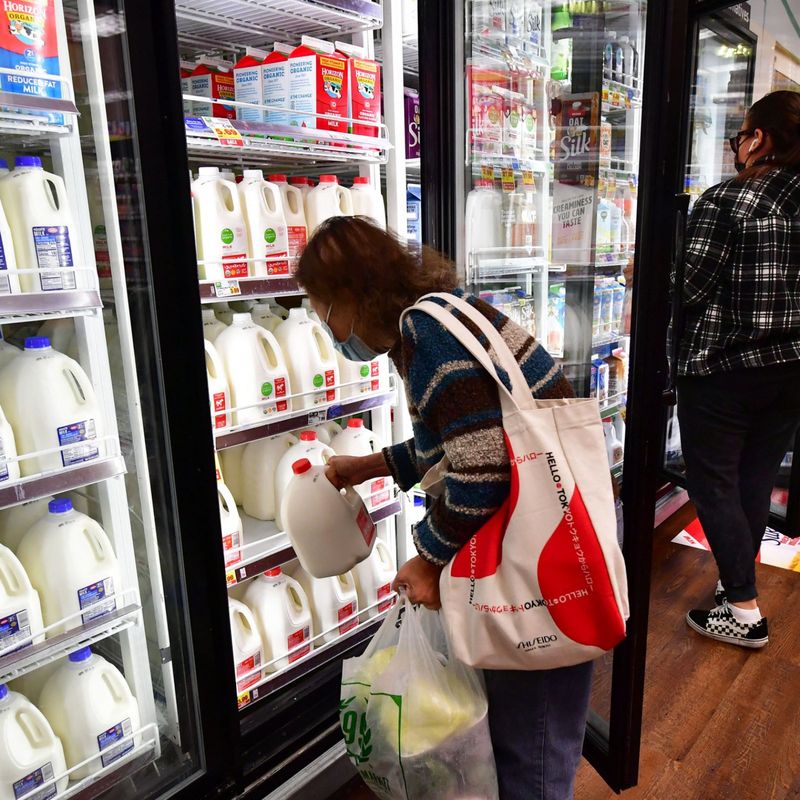
Dairy farms face unprecedented challenges from feed costs to labor shortages. The result? Milk prices have silently doubled in many regions across the country.
A gallon that previously cost $2.50-3.00 now commonly sells for $5-6. Organic varieties show even steeper increases, sometimes exceeding $8 per gallon. Families with children who consume significant quantities are feeling the financial strain.
12. Cheese’s Costly Transformation
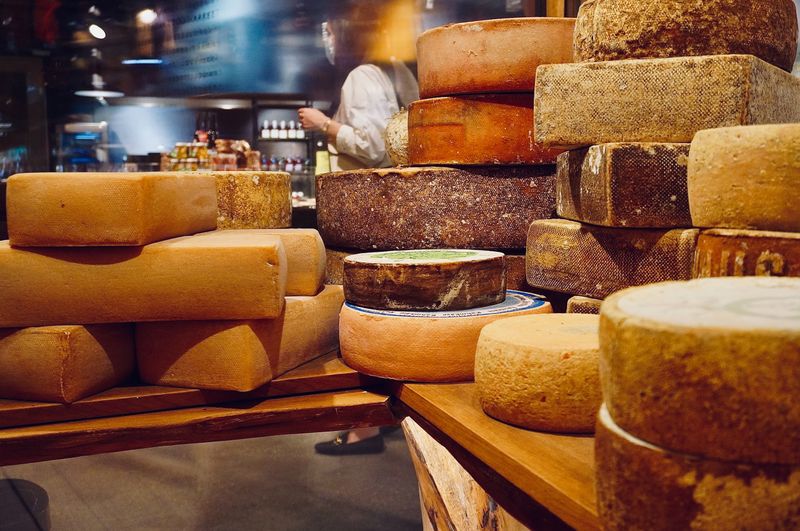
Cheese lovers are experiencing sticker shock in the dairy aisle. Standard blocks of cheddar that previously sold for $3-4 now regularly cost $7-8 in many markets.
Specialty and imported varieties show even more dramatic increases. Pizza night and cheese boards have become significantly more expensive family treats. Many consumers report cutting back on cheese purchases or switching to less expensive varieties.
13. Orange Juice’s Bitter Price Reality
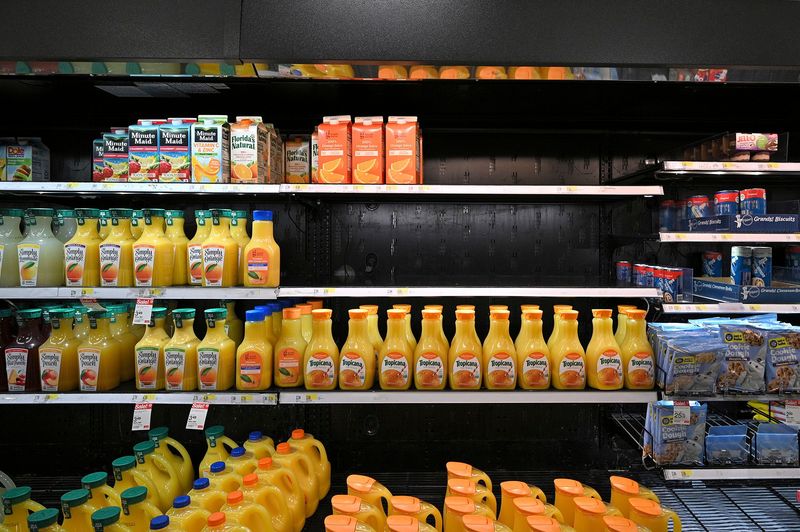
Florida’s citrus industry struggles with disease and weather challenges have impacted orange juice availability nationwide. The breakfast beverage staple has seen some of the most dramatic price increases in the grocery store.
Standard half-gallon containers now commonly cost $5-6, up from $2.50-3.00 previously. Premium not-from-concentrate varieties can exceed $8, making this once-common drink an occasional luxury for many households.
14. Ground Beef’s Meaty Price Hike
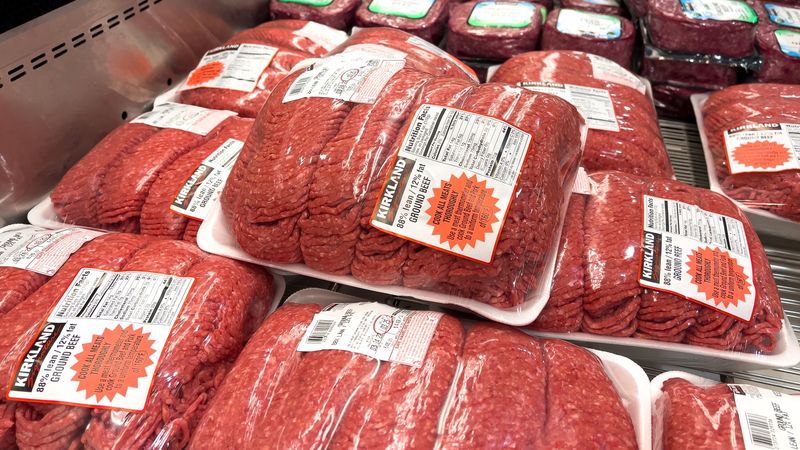
Hamburger night is straining family budgets nationwide. Processing challenges and increased costs throughout the supply chain have ground beef prices reaching unprecedented levels.
Standard 80/20 ground beef now regularly sells for $6-7 per pound, more than double previous prices. Leaner varieties and organic options can exceed $10 per pound, making this once-affordable protein significantly more expensive for everyday meals.
15. Peanut Butter’s Sticky Price Situation
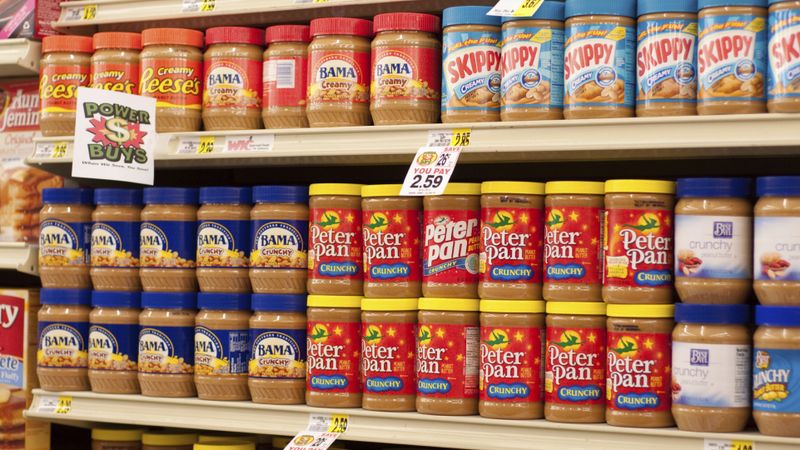
Lunchbox staples aren’t immune to inflation’s effects. Peanut butter jars that previously cost $2-3 now regularly sell for $5-6 in many stores.
Weather challenges affecting peanut crops combined with processing and packaging cost increases created this dramatic jump. Many families report sticker shock when restocking this pantry essential that children consume in significant quantities throughout the school year.
16. Premium Ice Cream’s Frozen Shock

Ready for the first truly jaw-dropping price? Premium ice cream pints have reached astronomical levels. Brands like Häagen-Dazs and Ben & Jerry’s now commonly exceed $8 per pint in many markets.
These products previously sold for $3-4, representing a 100-150% increase. Even store brands have doubled in price. Many shoppers report audible gasps when seeing current prices for this beloved treat.
17. Baby Formula’s Outrageous Markup
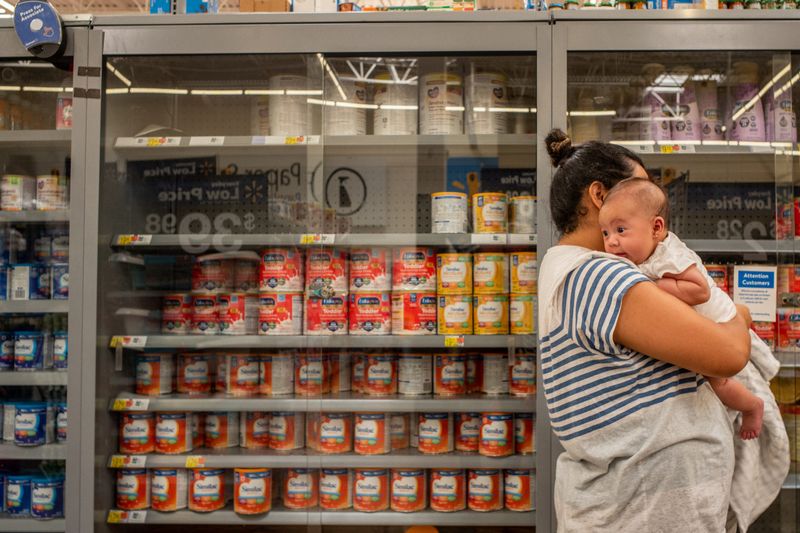
Parents of infants face perhaps the most distressing price increases of all. Formula shortages created unprecedented demand, while production challenges limited supply.
Standard cans now regularly cost $40-50, more than double previous prices. Specialty and hypoallergenic varieties can exceed $80 per can. Many families report spending hundreds more monthly to feed their babies, with no alternatives available.
18. Fresh Berries’ Luxury Status

Strawberries, blueberries and raspberries have transformed from regular purchases to special treats. Labor shortages, transportation costs, and climate issues affecting growing regions created perfect conditions for price spikes.
Small containers that previously cost $2-3 now regularly sell for $6-7. Organic varieties frequently exceed $8 for a small package. Many shoppers have eliminated fresh berries from regular shopping lists.
19. Specialty Nuts’ Sky-High Costs

Almonds, pistachios, and cashews have reached luxury status in many stores. Climate challenges in growing regions combined with increased global demand have created unprecedented price levels.
Small packages (8-12oz) now commonly cost $12-15, more than double previous prices. Bulk bins show similar percentage increases. Many consumers report completely eliminating these nutritious snacks from shopping carts due to budget constraints.
20. Steak’s Stratospheric Price Point
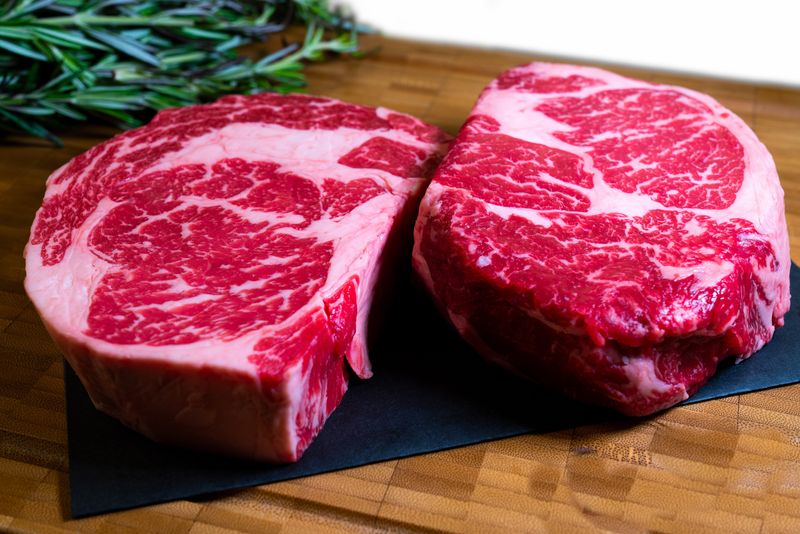
Prepare for genuine checkout shock: premium steaks have reached truly astonishing price points. Choice ribeyes and strips now commonly exceed $20 per pound in standard grocery stores.
Prime grades and specialty cuts frequently top $30-40 per pound. These items previously sold for half these amounts. Many shoppers report abandoning the meat counter entirely after seeing current beef prices.

